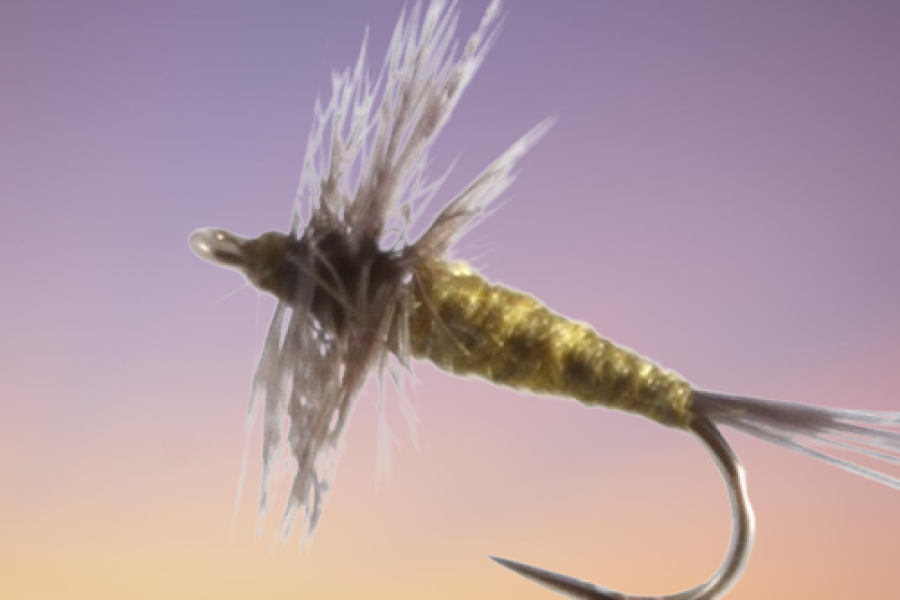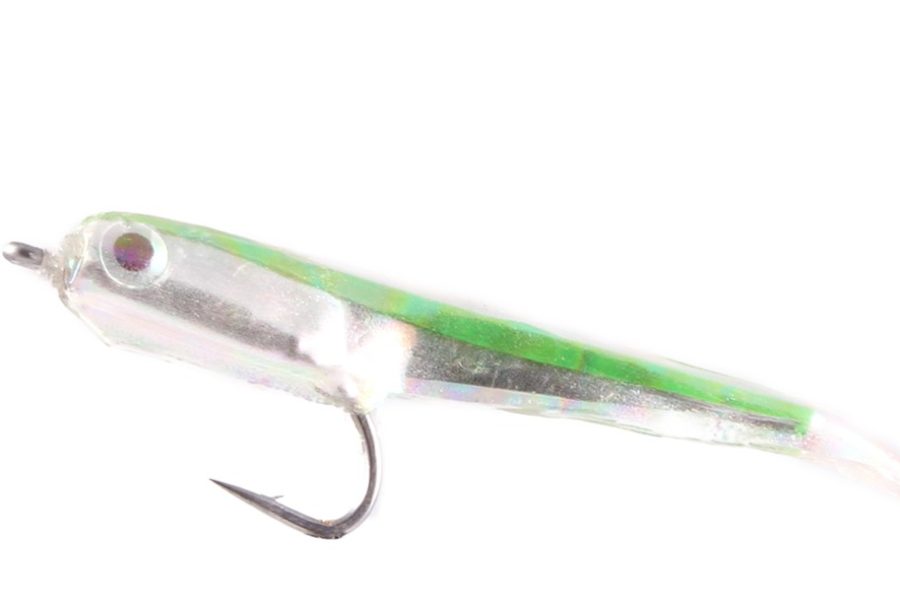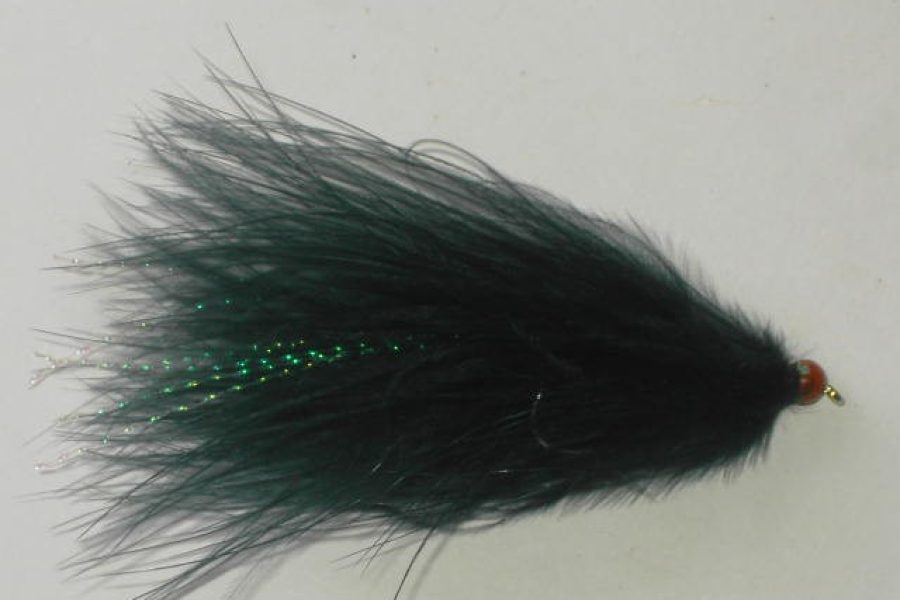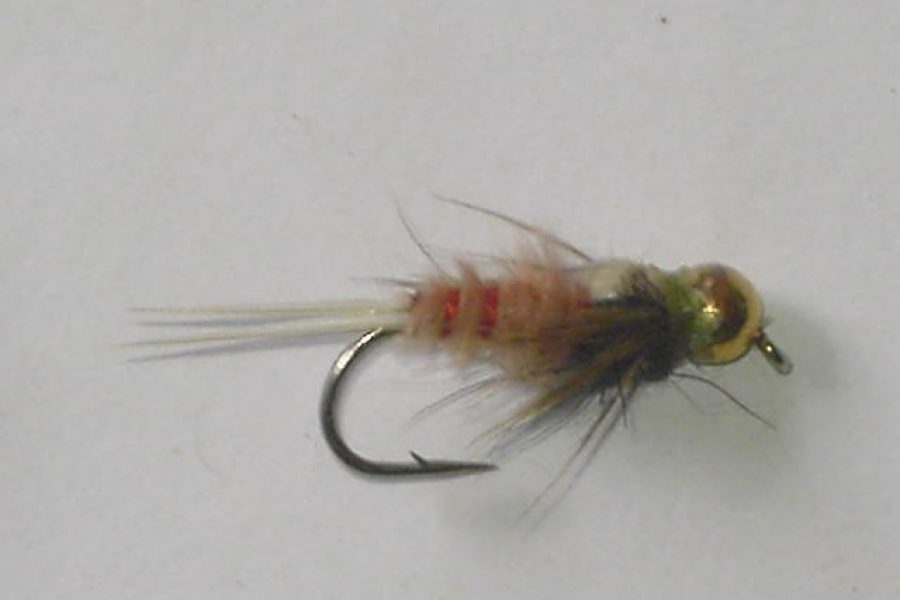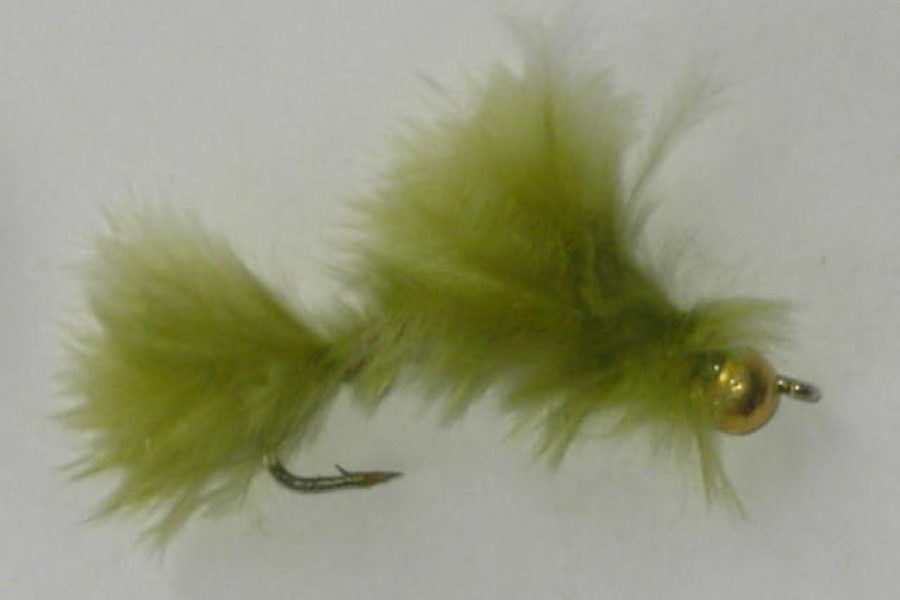Description
Don’t let tricky currents or deep pools stop you from reaching trophy trout. The Tungsten Hare’s Ear Flashback Fly is your secret weapon. This deadly nymph features a heavy tungsten bead that cuts through the water column, reaching fish that hug the bottom. The realistic Hare’s Ear body with a flashy back mimics a variety of aquatic insects, while sizes 10 to 20 ensure a perfect match for any hatch. This all-around performer is a must-have for any serious nymph fisher. Add the Tungsten Hare’s Ear Flashback fly to your fly box and experience the thrill of catching more trout.

